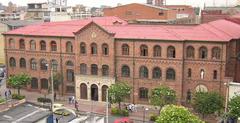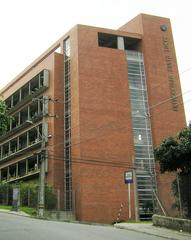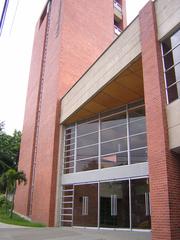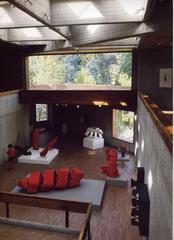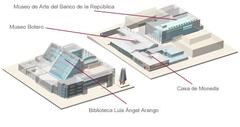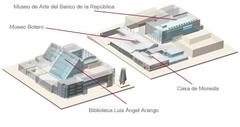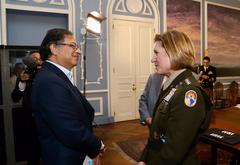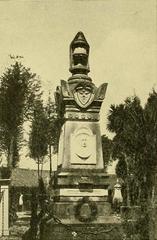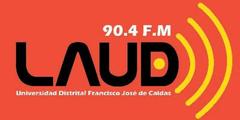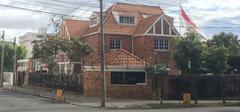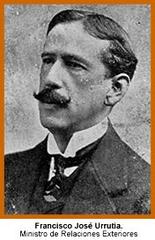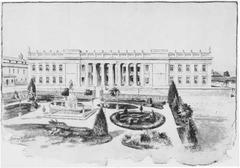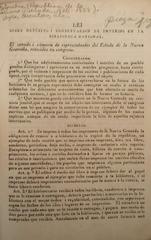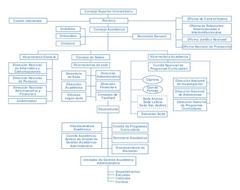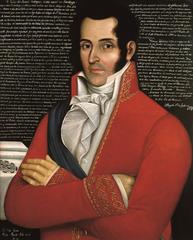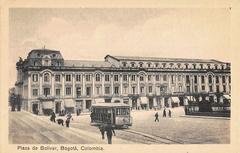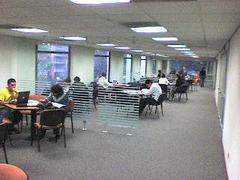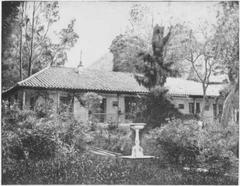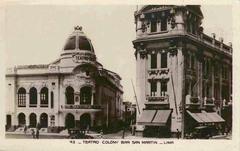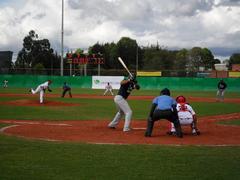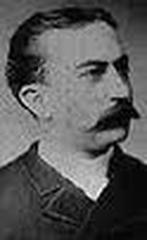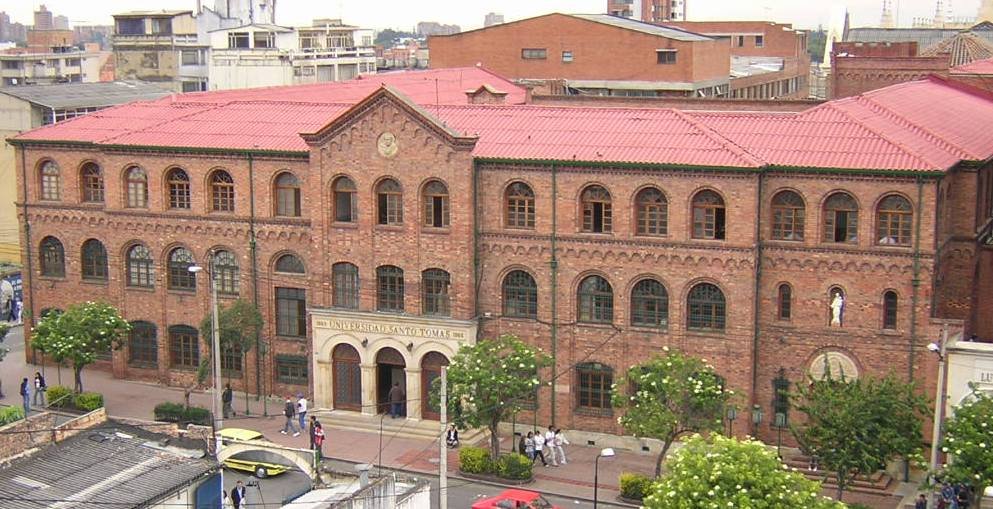
Saint Thomas Aquinas University Visiting Hours, Tickets, and Bogotá Historical Sites Guide
Date: 14/06/2025
Introduction: Exploring Colombia’s Oldest University
Saint Thomas Aquinas University (Universidad Santo Tomás, USTA) in Bogotá, Colombia, is not only the country’s oldest university, founded in 1580 by the Dominican Order, but also a cornerstone in the nation’s development in education, culture, and intellectual life. With a history shaped by religious, political, and social transformations, USTA’s enduring legacy is reflected in its architecture, academic traditions, and dynamic campus culture.
Today, the Bogotá campus invites visitors to experience its blend of colonial and modernist architecture, Dominican symbolism, and a vibrant calendar of academic and cultural events. Its location in the Chapinero district places it near key city attractions, making it an essential stop for travelers interested in Colombian history and culture.
This guide provides up-to-date information on visiting hours, ticketing, tours, accessibility, nearby attractions, and travel tips to help you plan a rewarding visit. For the latest details, refer to the official USTA website.
Table of Contents
- Founding and Early Development (1580–1826)
- Institutional Challenges and Restoration
- Expansion and Modernization
- Visiting Hours, Tickets, and Tours
- Getting There and Accessibility
- Nearby Attractions and Travel Tips
- Cultural and Educational Significance
- Architectural and Symbolic Heritage
- FAQs
- Summary and Visitor Recommendations
- References
Founding and Early Development (1580–1826)
Established by the Dominican Order under the authority of the papal bull Romanus Pontifex and recognized by King Philip III of Spain, USTA began as a “Colegio-Universidad” closely connected to the Convento de Nuestra Señora del Rosario. Its early faculties in theology, jurisprudence, philosophy, and medicine laid the foundation for comprehensive higher education in the New Kingdom of Granada. USTA became a central hub for intellectual and spiritual life, shaping the region’s elite and contributing to the formation of Colombian society.
Institutional Challenges and Restoration
The 19th century brought significant challenges, including periods of closure due to political upheaval and secularization. Despite these interruptions, the Dominican Order’s commitment endured. In 1943, USTA was revitalized with the construction of a new Romanesque brick campus in Bogotá’s Marly neighborhood, signaling a return to academic prominence. By 1950, the university had fully restored its role as a leading educational institution.
Expansion and Modernization
From the 1970s onward, USTA expanded its reach, pioneering distance education in Colombia and establishing campuses in Bucaramanga, Tunja, Medellín, and Villavicencio. Today, it serves over 20,000 students across a broad range of undergraduate, graduate, and doctoral programs, while maintaining a reputation for innovation and academic excellence (source).
Visiting Hours, Tickets, and Tours
-
Campus Hours:
- Monday to Friday: 8:00 AM – 6:00 PM
- Saturday: 8:00 AM – 1:00 PM
- Closed Sundays and public holidays
(Note: Some sources indicate Saturday opening as 9:00 AM; verify before your visit.)
-
Admission:
- General access is free for outdoor areas and most public spaces.
- Some indoor facilities (e.g., main library, chapel) and guided tours may require prior registration or a nominal fee.
- Visitors must present valid ID at the entrance and sign in with security.
-
Guided Tours:
- Available weekdays at 10:00 AM and 3:00 PM, led by student ambassadors.
- Tours highlight historic courtyards, Romanesque buildings, symbolic spaces, and university emblems.
- Advance booking is recommended via the official visitor page.
-
Events:
- USTA regularly hosts cultural festivals, lectures, academic conferences, and open days.
- Check the event schedule on the university website for current offerings.
Getting There and Accessibility
- Location: Carrera 9 #51-11, Chapinero, Bogotá.
- Transport:
- Easily accessible by TransMilenio and local bus routes.
- On-campus parking available for visitors.
- Accessibility:
- Most buildings and pathways are wheelchair accessible.
- Some historic structures may have limited access; contact the visitor center in advance for assistance.
- Clear bilingual signage (Spanish/English) is provided throughout campus.
Nearby Attractions and Travel Tips
- Museo Botero and Museum of Gold: Explore Colombia’s premier collections of art and pre-Columbian artifacts.
- Estadio El Campín: The city’s main sports venue.
- Theatron and Movistar Arena: Nightlife and entertainment venues.
- La Candelaria: Bogotá’s historic district, filled with colonial architecture, museums, and cafes.
Tips:
- Wear comfortable shoes; the campus and surrounding area are best explored on foot.
- Bogotá’s high altitude means cooler weather—bring a jacket and umbrella.
- Campus is secure, but as in any large city, keep personal belongings close.
Cultural and Educational Significance
USTA has played a pivotal role in Colombia’s history, producing leaders, writers, and independence figures. The university’s mission, inspired by Saint Thomas Aquinas, emphasizes ethical leadership, critical thinking, and social responsibility. International collaborations with universities in Spain, the USA, Argentina, and Brazil further enrich its academic environment.
Architectural and Symbolic Heritage
The campus architecture blends colonial Spanish and modern styles. Notable features include:
- Romanesque Brick Buildings: Constructed in the 1940s, symbolizing resilience and tradition.
- Historic Courtyards: Tranquil spaces for reflection and gatherings.
- University Chapel: Adorned with stained glass and religious art.
- University Emblems: The flag with five horizontal stripes and the shield featuring the Cross of Calatrava and the Latin motto “Facientes Veritatem” (“Doers of the Truth”).
- Symbolic Gateways: Photo-worthy entrances with the university’s insignia.
FAQs
Q: Are there entrance fees to visit USTA?
A: General access is free; some tours or events may require prior registration or a small fee.
Q: Is photography allowed on campus?
A: Photography is welcome outdoors and in most public spaces; please request permission before photographing indoors or during services.
Q: Can visitors attend lectures or cultural events?
A: Many events and lectures are open to the public—check the calendar on the official site.
Q: Is the campus accessible for people with disabilities?
A: Yes. Most areas are accessible; contact in advance for specific assistance.
Summary and Visitor Recommendations
A visit to Saint Thomas Aquinas University offers a unique opportunity to engage with Colombia’s educational history, architectural beauty, and vibrant campus culture. With free general admission, accessible tours, and a central Bogotá location, USTA is ideal for history buffs, architecture enthusiasts, and future students alike. Advance planning is recommended for guided tours and special events. Stay updated by visiting the official USTA website.
For a richer experience, consider using the Audiala app for curated audio guides and exploring nearby Bogotá attractions.
References
- USTA Official Visitor Information (2025)
- Colombia Estudia – Visiting Saint Thomas Aquinas University
